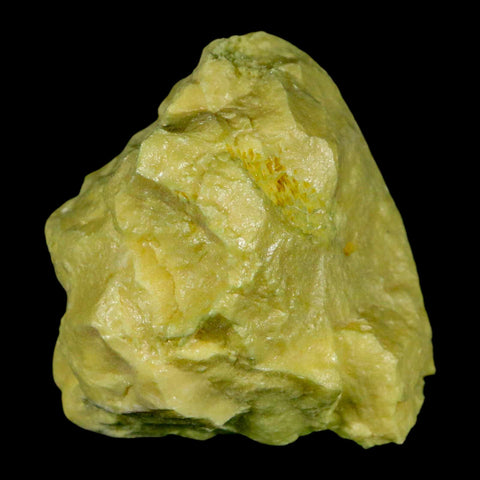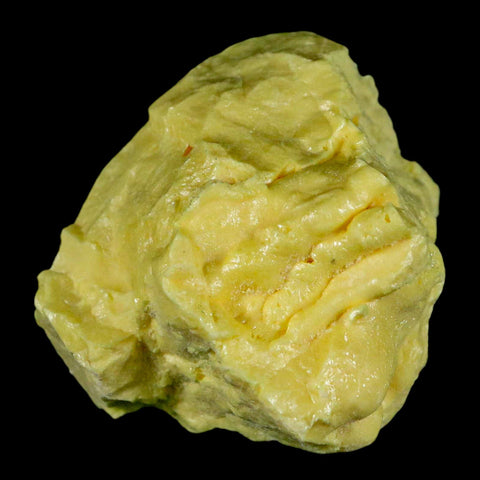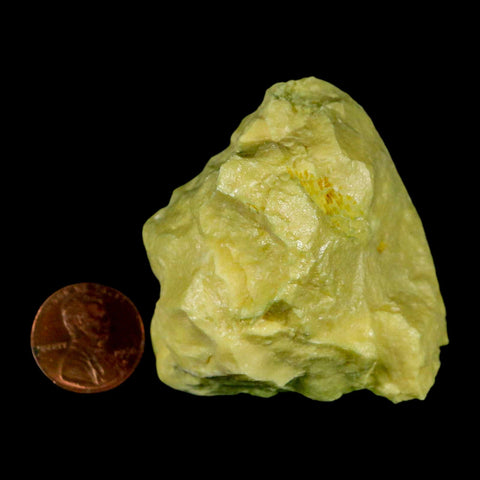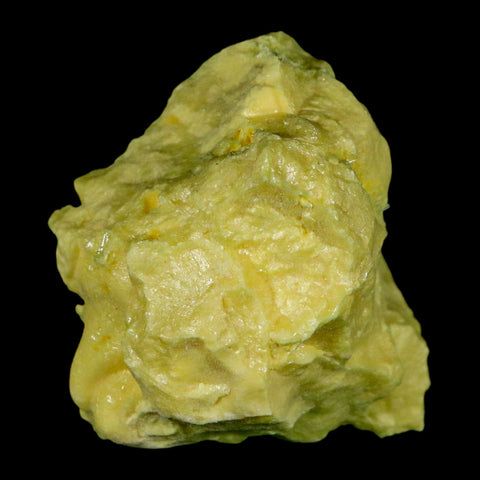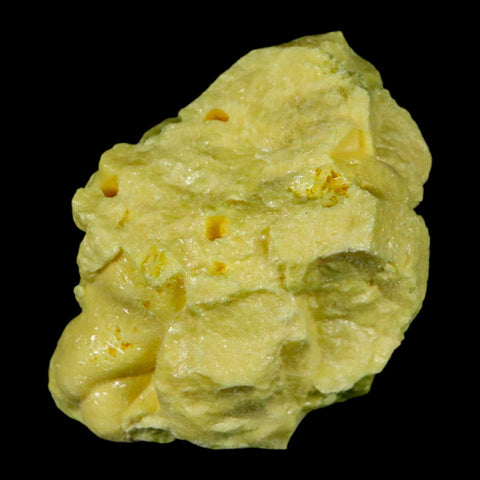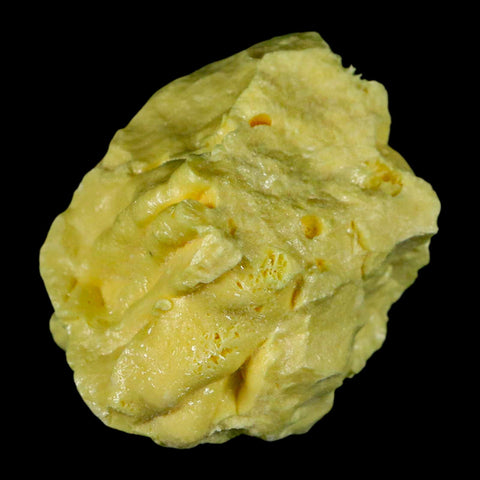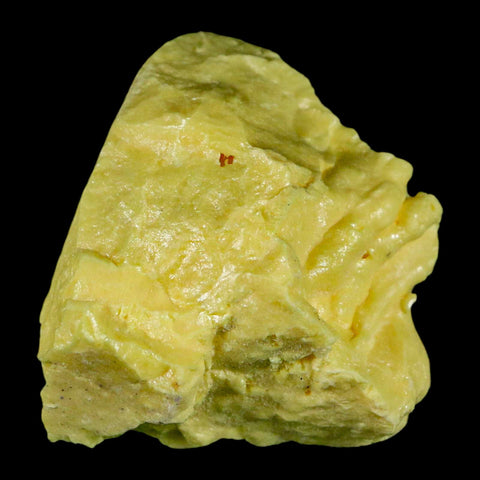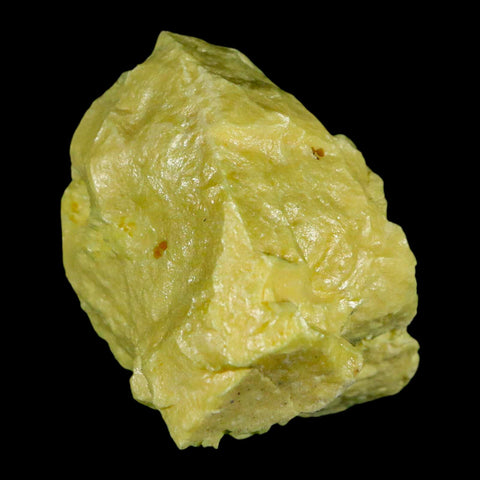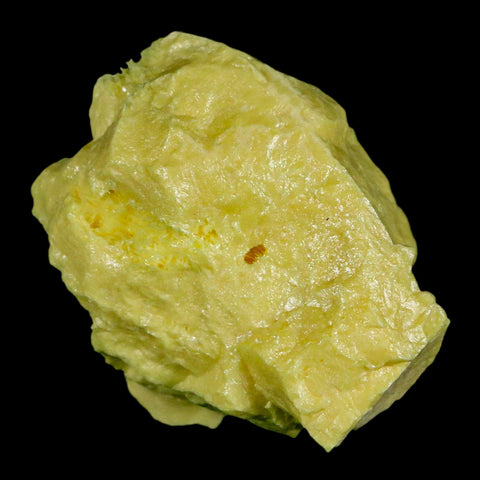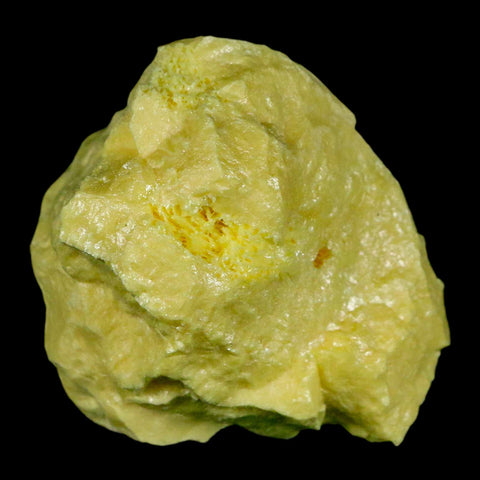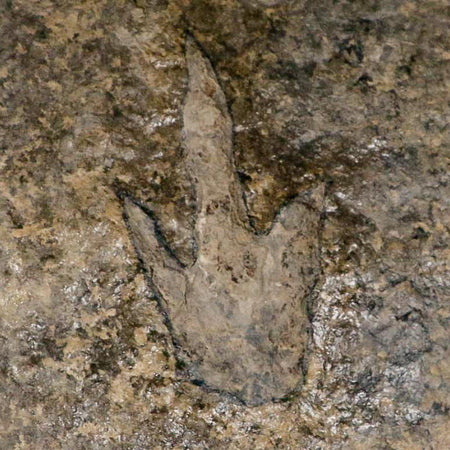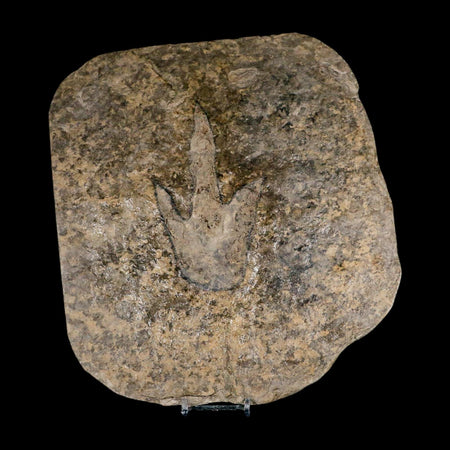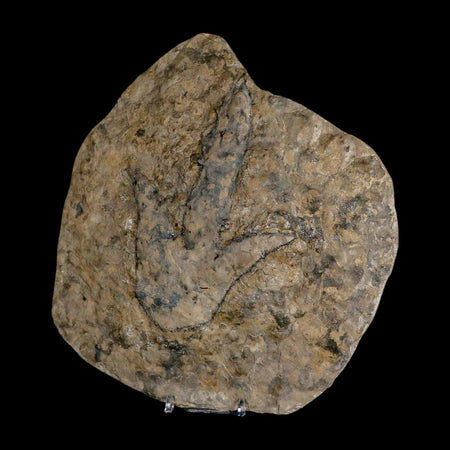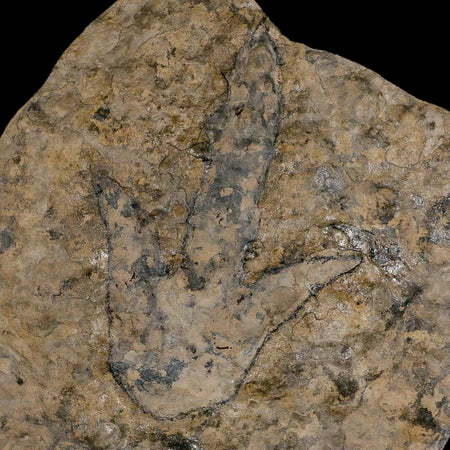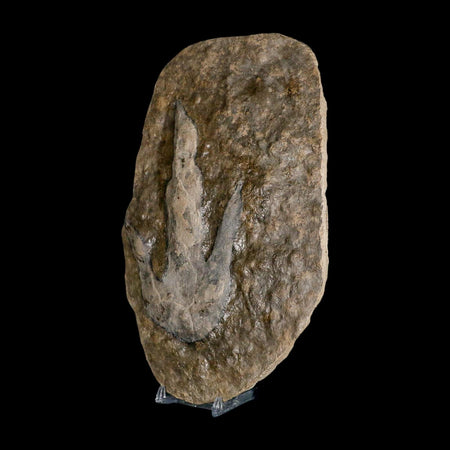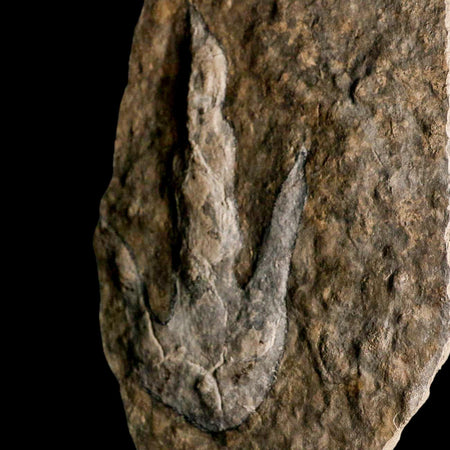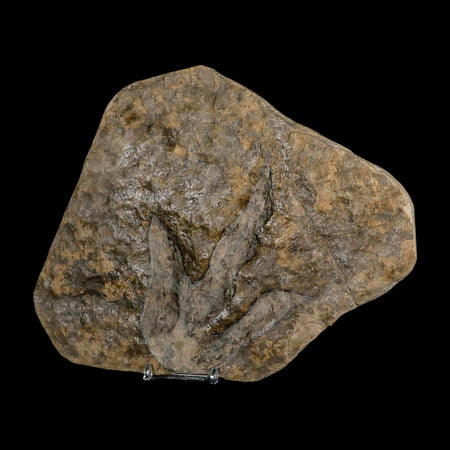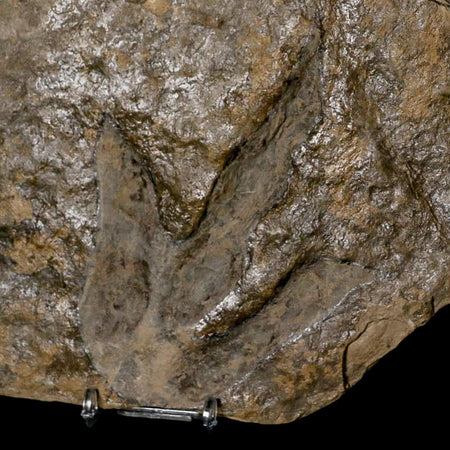2.2" Rough Bright Yellow Sulfur Crystal Mineral Specimen From Louisiana
Location: Sulfur, Louisiana, United States
Weight: 3.1 Ounces
Dimensions: 2.2 Inches Long, 1.9 Inches Wide, 1.6 Inches Thick
The item pictured is the one you will receive.
Sulfur, particularly native sulfur, has been historically significant in Louisiana due to it unique geological formation and economic importance. The sulfur deposits in Louisiana are primarily associated with the caprock of salt domes, a geological structure common in the Gulf Coast region.
The formation of these sulfur deposits is a result of the bacterial reduction of anhydrite (calcium sulfate) within the caprock. This process, known as bacterial sulfate reduction, utilizes hydrocarbons as an energy source and produces hydrogen sulfide. The hydrogen sulfide then reacts with oxygenated groundwater to form elemental sulfur. This biogenic origin distinguishes Louisiana's sulfur deposits from those formed by volcanic activity or other geological processes.
Early attempts to mine sulfur in Louisiana were fraught with challenges due to the unconsolidated sediments and the prevalence of quicksand above sulfur deposits. The breakthrough came with the development of the Frasch process by Herman Frasch, which revolutionized sulfur extraction. This innovative technique involved injecting superheated water into the sulfur-bearing formations, melting the sulfur, and then pumping the molten sulfur to the surface using compressed air. The Frasch process transformed previously inaccessible sulfur deposits into an economically viable resource, establishing Louisiana as a major global producer of sulfur for several decades.
The sulfur extracted, commonly known as brimstone, became a critical raw material for industries such as sulfuric acid production, fertilizers, chemicals, and explosives. The high purity of Frasch-mined sulfur made it highly desirable and contributed significantly to industrial growth. Although direct sulfur mining in Louisiana has largely ceased due to economic factors and the increasing availability of sulfur as a byproduct of natural gas processing, the historical importance of these deposits and the innovative mining techniques remain a key part of Louisiana’s industrial heritage and geological significance.


